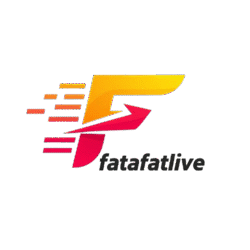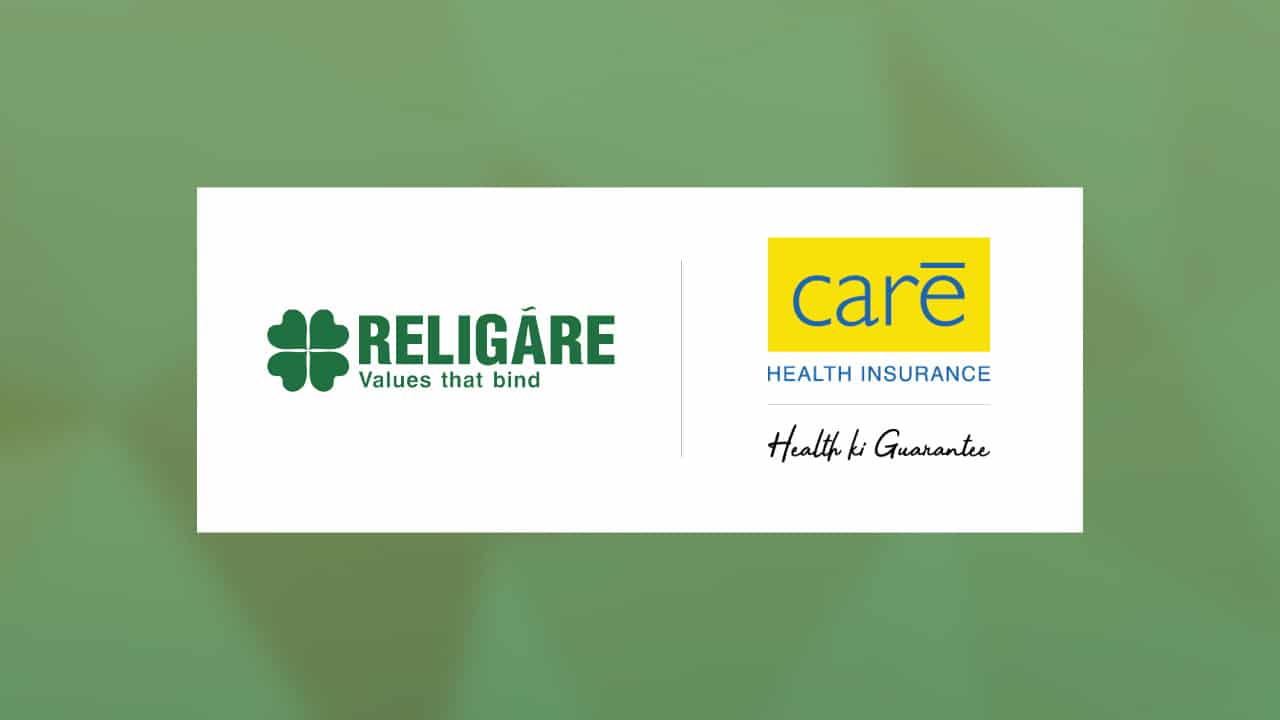Healthcare expenses can often be unpredictable and substantial, ranging from emergency surgeries and critical illness treatments to elective procedures not covered by insurance. When faced with significant medical bills that exceed your savings or insurance coverage, a medical loan can provide a vital financial lifeline. But what exactly is a medical loan, and how does it work?
This comprehensive guide will demystify medical loans, exploring their purpose, features, benefits, potential drawbacks, and how you can access them to manage your healthcare costs effectively.
Table of Contents
What is a Medical Loan?
A medical loan, also known as a healthcare loan or medical personal loan, is a type of unsecured personal loan specifically designed to cover healthcare-related expenses. Unlike traditional personal loans that can be used for any purpose, medical loans are typically marketed and structured to address the costs associated with medical treatments, procedures, hospital stays, and related expenditures that are not fully covered by health insurance or personal savings.
Essentially, a financial institution (like a bank, NBFC, or online lender) provides a lump sum amount to the borrower, which is then repaid over a fixed tenure through Equated Monthly Installments (EMIs) with an agreed-upon interest rate.
What Can a Medical Loan Cover?
Medical loans are highly versatile and can be used for a wide array of healthcare needs, including but not limited to:
- Emergency Medical Treatments: Unexpected surgeries, accident-related costs, or critical care.
- Planned Medical Procedures: Elective surgeries (e.g., plastic surgery, bariatric surgery), fertility treatments (IVF), dental procedures (e.g., braces, implants), eye surgeries (e.g., LASIK).
- Chronic Illness Management: Costs associated with ongoing treatment for conditions like cancer, kidney disease, or heart ailments.
- Hospitalization Expenses: Room charges, doctor’s fees, nursing care, and medication during a hospital stay.
- Diagnostic Tests: Expensive MRI, CT scans, or other specialized tests.
- Rehabilitation and Therapy: Physical therapy, occupational therapy, or long-term care costs.
- Medical Equipment: Purchase of necessary medical devices or aids.
- Home Healthcare: Costs for nurses or caregivers at home.
- Cosmetic Procedures: While often elective, many cosmetic surgeries can be financed through medical loans.
Key Features of Medical Loans
Medical loans share many characteristics with standard personal loans but are tailored for healthcare needs:
- Unsecured Nature: Most medical loans are unsecured, meaning you don’t need to pledge any collateral (like property or gold) to obtain the loan. This makes them easier and quicker to access.
- Fixed Interest Rates: Typically, medical loans come with fixed interest rates, meaning your EMI remains constant throughout the loan tenure, making budgeting easier.
- Flexible Loan Amounts: Lenders offer varying loan amounts, from a few thousand rupees to several lakhs, depending on your eligibility and the cost of the treatment.
- Flexible Repayment Tenure: Repayment periods can range from 12 months to 60 months (1 to 5 years), allowing you to choose a tenure that aligns with your repayment capacity.
- Quick Disbursal: Given the urgent nature of medical needs, many lenders offer rapid approval and disbursal, often within 24-48 hours.
- No End-Use Restriction (within medical scope): While intended for medical purposes, once disbursed, the funds can typically be used for any related medical expense without strict monitoring of each bill by the lender.
Pros and Cons of Medical Loans
Like any financial product, medical loans come with their own set of advantages and disadvantages:
Pros:
- Immediate Access to Funds: Crucial for medical emergencies where time is of the essence.
- No Collateral Required: Reduces the burden on the borrower.
- Comprehensive Coverage: Can cover a wide range of medical expenses not fully paid by insurance.
- Flexible Repayment: Customizable tenure and EMI options.
- Preserves Savings: Allows you to keep your emergency fund or long-term savings intact.
- Credit Building: Timely repayments can improve your credit score.
Cons:
- Interest Costs: Being an unsecured loan, interest rates can be higher compared to secured loans.
- Impact on Credit Score: Defaults or late payments can severely damage your credit score.
- Debt Burden: Adding another EMI commitment can strain your monthly budget.
- Processing Fees: Lenders may charge processing fees, which add to the overall cost.
- Eligibility Criteria: Not everyone may qualify, especially those with low credit scores or unstable incomes.
Eligibility Criteria for a Medical Loan
While criteria vary by lender, common eligibility requirements include:
- Age: Usually between 21 and 60-65 years.
- Citizenship: Indian citizen or resident.
- Employment Status: Salaried individual employed with a reputable company or a self-employed professional with a stable income.
- Minimum Income: A stipulated minimum monthly income (e.g., ₹15,000 – ₹25,000, depending on the city).
- Credit Score: A good credit score (typically 700+) is crucial for approval and better interest rates.
- Work Experience: For salaried individuals, a minimum of 1-2 years of total work experience and 6 months to 1 year in the current job. For self-employed, 3-5 years of business vintage.
Documents Required
The documentation process for a medical loan is generally straightforward:
- Identity Proof: Aadhaar Card, PAN Card, Passport, Driving License, Voter ID.
- Address Proof: Aadhaar Card, Passport, Driving License, Utility Bills (Electricity, Water), Rent Agreement.
- Income Proof:
- For Salaried: Latest 3 months’ salary slips, 6 months’ bank statements showing salary credits, Form 16 or IT Returns.
- For Self-Employed: Latest 6 months’ bank statements, IT Returns for the last 2-3 years, Balance Sheet and Profit & Loss statement, Proof of business existence.
- Passport-sized Photographs.
- Medical Estimates/Bills: While not always mandatory for application, some lenders might ask for medical estimates to verify the loan’s purpose.
How to Apply for a Medical Loan
The application process is typically quick and can often be done online:
- Research Lenders: Compare interest rates, processing fees, loan amounts, and repayment tenures offered by different banks and NBFCs.
- Check Eligibility: Use online eligibility calculators provided by lenders to see if you meet their criteria.
- Gather Documents: Prepare all necessary KYC and income documents.
- Fill Application Form: Complete the online or offline application form with accurate details.
- Document Submission: Upload soft copies of documents online or submit physical copies at a branch.
- Verification: The lender will verify your details and documents. They might conduct a credit score check.
- Approval and Disbursal: Upon approval, the loan amount is disbursed directly to your bank account, often within 24-48 hours.
Alternatives to Medical Loans
While medical loans are a viable option, consider these alternatives:
- Health Insurance: The most important long-term solution. Ensure you have adequate coverage.
- Employer-Provided Insurance: Check if your company’s health insurance policy covers the treatment.
- Personal Savings/Emergency Fund: Use your own savings if available.
- Credit Cards: For smaller, short-term needs, but beware of high interest rates if not repaid quickly.
- Borrowing from Friends/Family: A low or zero-interest option if possible.
- Hospital Payment Plans: Some hospitals offer installment plans directly.
- Crowdfunding: For very high costs, online crowdfunding platforms can be an option.
Conclusion
A medical loan can be an indispensable tool for managing unforeseen or significant healthcare expenses, providing timely access to funds without liquidating assets. By understanding its features, eligibility, and the application process, you can make an informed decision and ensure that financial constraints do not stand in the way of necessary medical care for yourself or your loved ones. Always compare offers from multiple lenders and choose a loan that aligns with your repayment capacity to avoid future financial strain.




